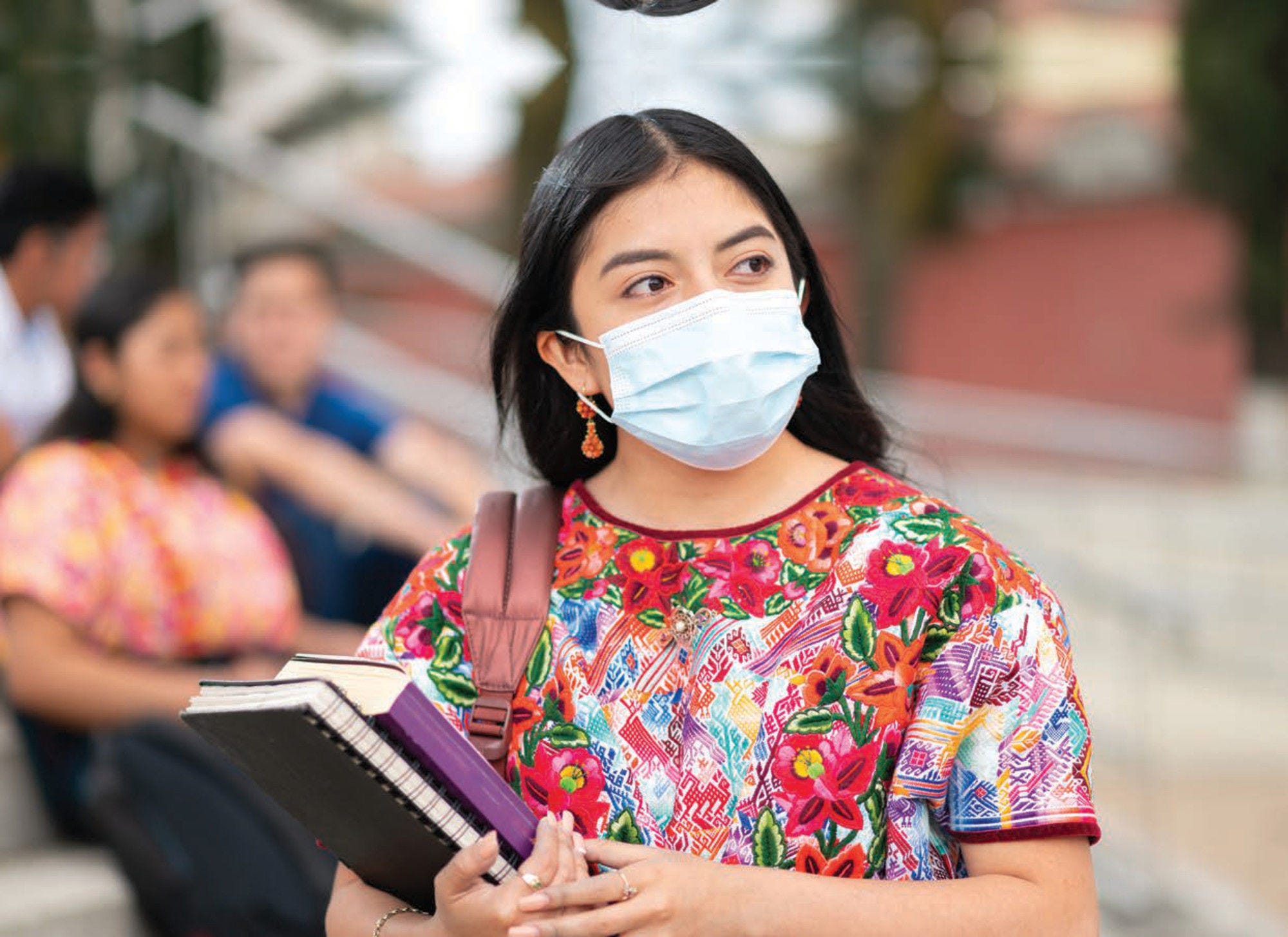The WHO estimates that 1.1 billion women of reproductive age have a need for family planning, from which 270 million are not using a modern contraceptive method (WHO, 2020[1]). The SDG targeting reproductive healthcare services aims to provide universal access by 2030, and to integrate reproductive and sexual health into national agendas, strategies, and programmes. The global agenda for sexual and reproductive health and rights is linked to gender equality and women’s well-being, affecting newborn, child, adolescent and maternal health, and their roles in shaping future economic development and environmental sustainability (Starrs et al., 2018[2]).
Reproductive health involves having a responsible, satisfying, and safe sexual life, along with the freedom to make decisions about reproduction. This includes accessing methods of fertility regulation and appropriate healthcare through pregnancy and childbirth, providing parents with the best chance of having a healthy, happy, and prosperous baby when they are ready to start or extend their family.
The prevalence of contraceptive use varies widely in the LAC region. In Colombia, Nicaragua, Ecuador, Brazil, Uruguay, Chile, Peru, Venezuela and Honduras, over three‑quarters of married or in union women of reproductive age report using any contraceptive method (Figure 4.1). However, both Haiti and Paraguay report that less than 40% of married women or in union of reproductive age use any contraceptive methods. Regarding modern methods of contraception, less than 50% of women are using them in Haiti, Paraguay, Guyana, Suriname, and Trinidad and Tobago.
In LAC countries with data, demand for family planning is generally satisfied at higher rates amongst women living in urban areas, with higher income and education levels (Figure 4.2). These differences are particularly stark in Belize and Guyana, with up to 38% lower access in the least advantaged groups. Some countries such as Paraguay and Honduras report less significant differences with similar access in the three categories. In most cases where both least and more socially advantaged women report high access to family planning (over 80‑85%), the rates tend to be similar between groups. This supports the fact that providing wide availability to family planning services contributes not only to more access but also to reduced social inequalities in the utilisation of these services.
LAC countries can continue improving the information and services related to sexual and reproductive health, which should be accessible and affordable to all individuals. Modern family planning interventions can be further incorporated in the essential services package to provide universal coverage, paying special attention to the poorest and most vulnerable people. In addition, countries must also take actions beyond the health sector to change social norms, laws, and policies to uphold human rights and promote gender equality (Starrs et al., 2018[2]; WHO, 2020[1]).


